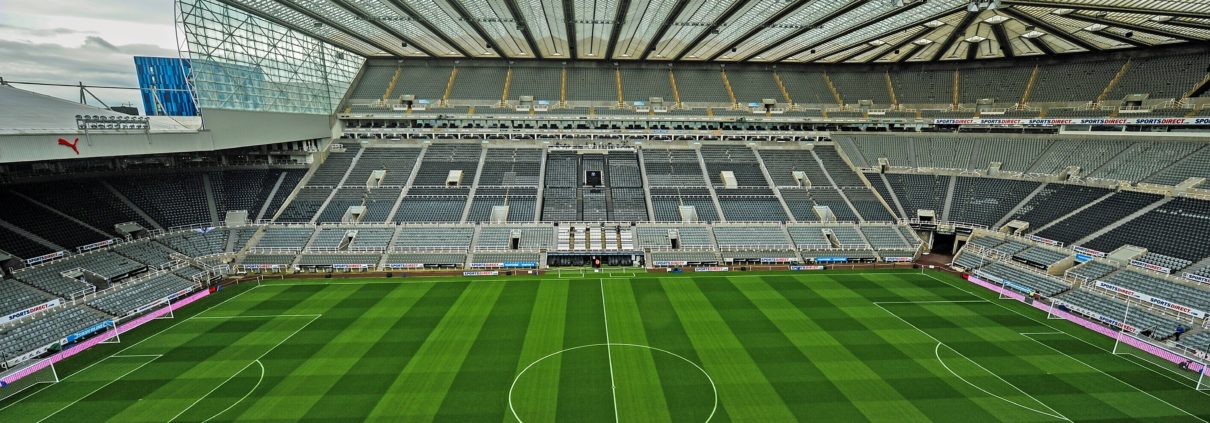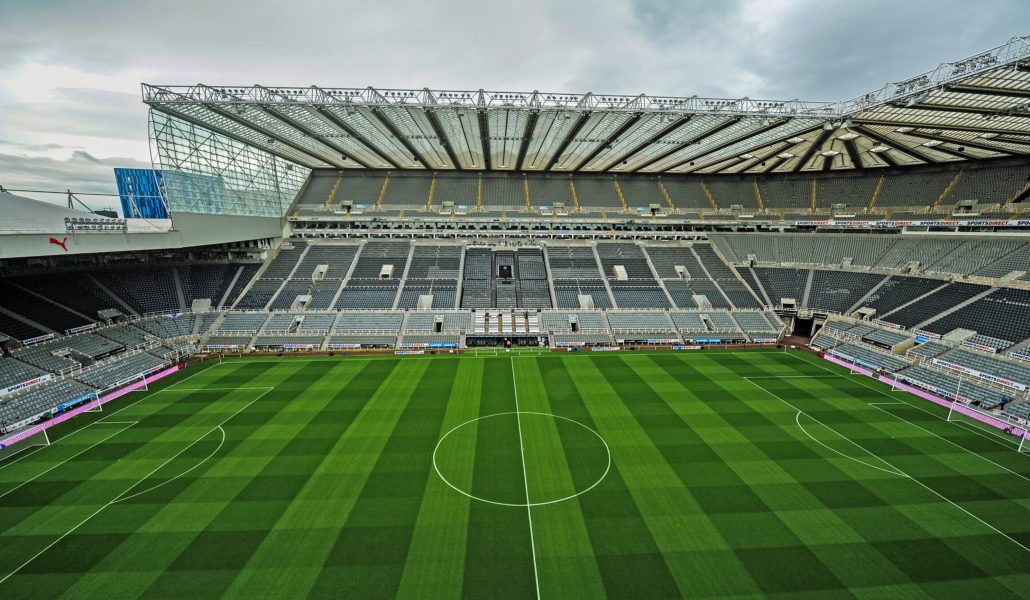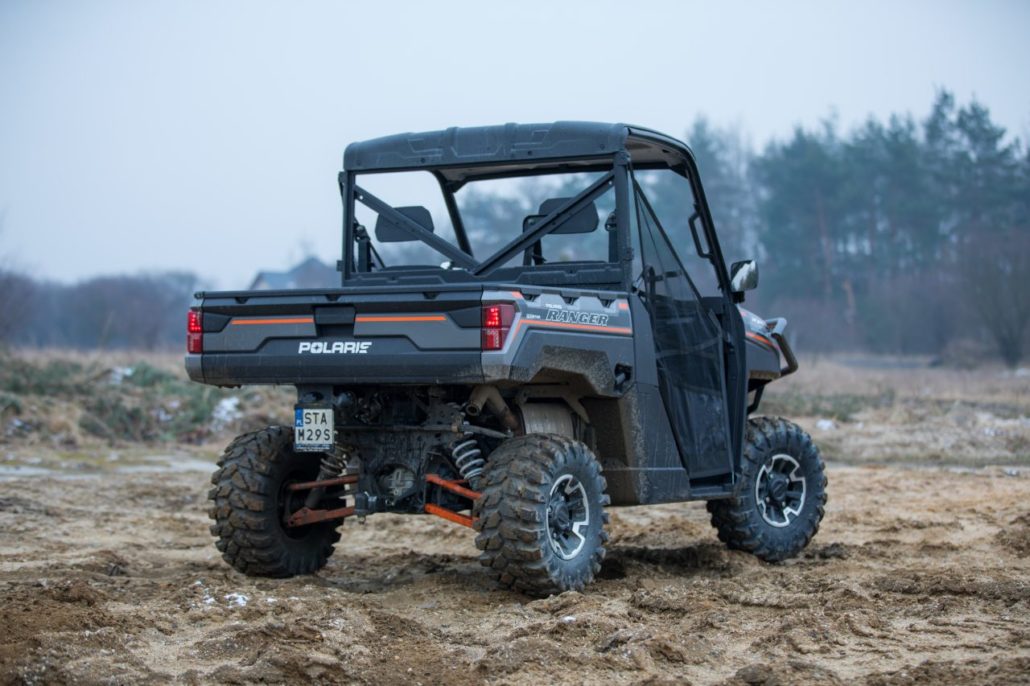The Power Of Deep Aeration
The Power Of Deep Aeration: The concept of one metre deep aeration, to relieve compaction and improve drainage, really needs to be seen in action to appreciate the long-term benefits. A long and very hot summer with little amounts of rain will, without doubt, lead to compaction and drainage problems on the sports pitch, the golf course and bowling green and inevitably in amenity areas and gardens. Terrain Aeration have produced a new video that shows precisely how to alleviate the problem, using the proven Terralift system that has been in operation for over twenty-five years. As soon as the heavy rains come areas of turf compaction and panning become self-evident with large stretches of standing water.
Normal aeration and scarifying are of course essential to promoting a healthy sward but the penetration isn’t deep enough to get to where the real problem lies. Go down a metre with a hollow probe, using a JCB breaker gun to penetrate the hard compaction in the soil, and release compressed air up to a maximum of 20Bar (280psi). This fractures the soil, creating and opening up the fissures that will allow the water to drain. Repeat the process on a staggered grid pattern at two metre spacings and you ensure each air blast interconnects the underground labyrinth of cracks and fissures.

As you can see on the Terrain Aeration video, that is how the Terrain Aeration system works but it doesn’t stop there. Dried seaweed is injected on the tail end of the blast and this sticks to the walls of the probe hole and cracks. Over time it expands and contracts with the moisture content and maintains the drainage when the heavier rains fall. Water storing polymers can also be added at this stage as an extra insurance with water retention. The interconnecting system created also allows oxygen and nutrients to get to the roots, while the grass pushes them down to reach the deeper water supply and help promote top growth. The probe holes are back filled with porous Lytag aggregate and finished with the usual top dressing to encourage grass growth over the probe holes. In the case of the golf green, tee or sports pitch play can resume immediately.
Once treated, the area will benefit for many years to come as has been demonstrated by Terrain Aeration over the years for thousands of sports venues, golf courses, parks and amenity areas. The deep penetration process is used to great effect around trees, especially where the ground has become very compacted due to foot traffic. The Terralift system has treated such notable areas as the Royal Parks, Sir Harold Hillier Gardens and many National Trust properties. But it is equally beneficial in relieving compaction and creating drainage on formal lawns and even small gardens as well as sports pitches and golf greens. You can see the video at: https://youtu.be/uw9k35PA5kM
For the latest industry news visit turfmatters.co.uk/news
Get all of the big headlines, pictures, opinions and videos on stories that matter to you.
Follow us on Twitter for fun, fresh and engaging content.
You can also find us on Facebook for more of your must-see news, features, videos and pictures from Turf Matters.

















